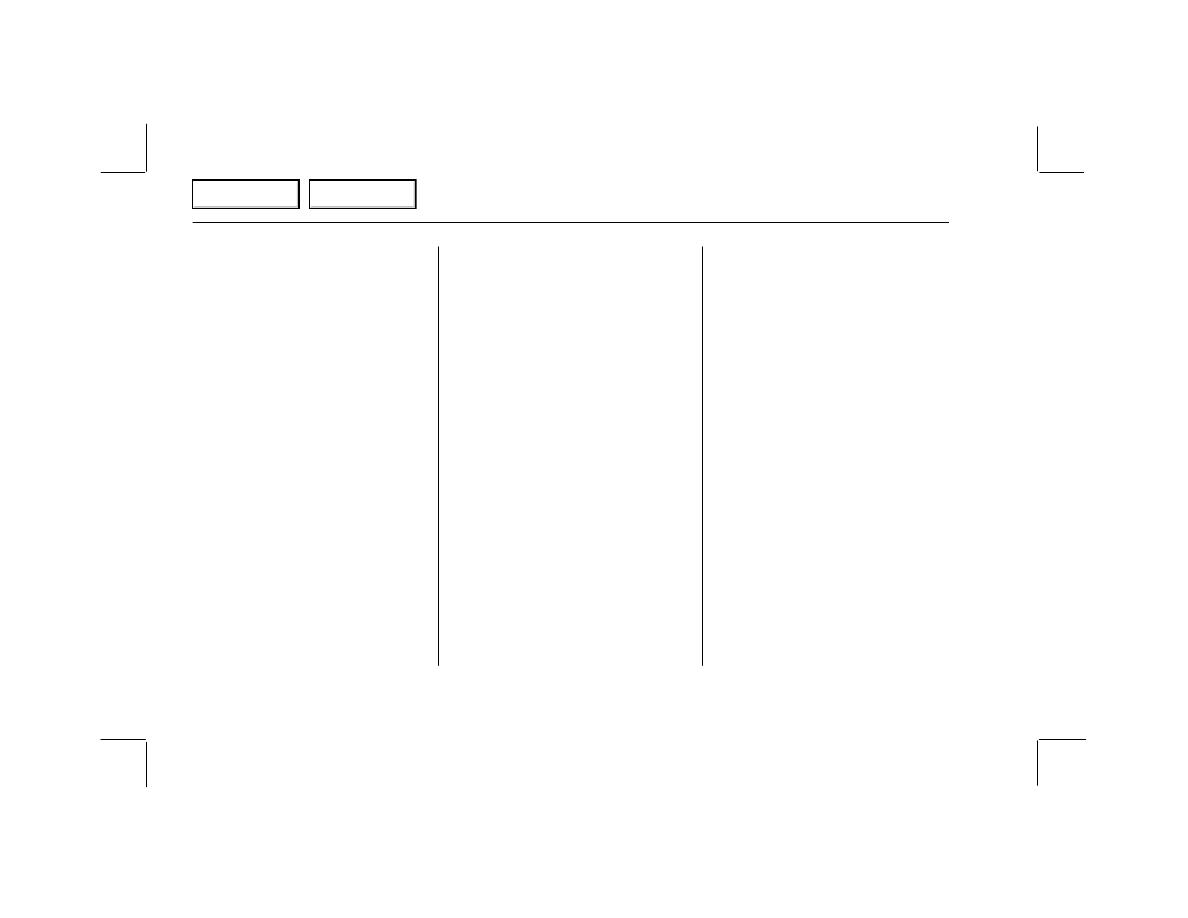Honda Passport (2002 year). Manual - part 15

222
Care and Maintenance
Front (4WD Only) and Rear
Propeller Shaft
Lubricate the sliding yoke with
EP
chassis grease. Lubricate
universal joints with grease
containing MoS
2
(molybdenum
disulfide-type grease) at the
intervals shown in the
Maintenance Schedule. Also
check the propeller shaft
flange-to-pinion bolts for proper
torque of 64 N
⋅
m (46.3 lb-ft).
Most lubrication recommendations
and procedures for four-wheel drive-
equipped vehicles are the same
for the corresponding components
in conventional drive vehicles.
Exhaust System
Check the complete exhaust
system and nearby body areas for
damaged, missing, or
mispositioned parts, open seams,
holes, loose connections, or other
deterioration that could allow
exhaust fumes to seep into the
passenger compartment or cause
heat build-up in the floor pan. Any
necessary corrections should be
made immediately. For continued
safety, exhaust system pipes and
resonators rearward of the muffler
must be replaced whenever a new
muffler is installed.
Fuel Line and Fuel Tank/Cap
Inspect the fuel tank, cap and lines
for damage that could cause
leakage. Inspect the fuel cap and
gasket for correct sealing ability
and indications of physical
damage. Replace any damaged or
malfunctioning parts.
Drive Belt
Check the belt driving the
alternator, power steering pump,
and air conditioning compressor.
Look for cracks, fraying, and
wear. Replace as necessary.
Timing Belt
The timing belt should normally
be replaced at the intervals shown
in the Maintenance Schedule.
Valve Clearance
Incorrect valve clearance will
result in increased engine noise
and lower engine output, thereby
adversely affecting engine
performance.
Main Menu
Table of Contents